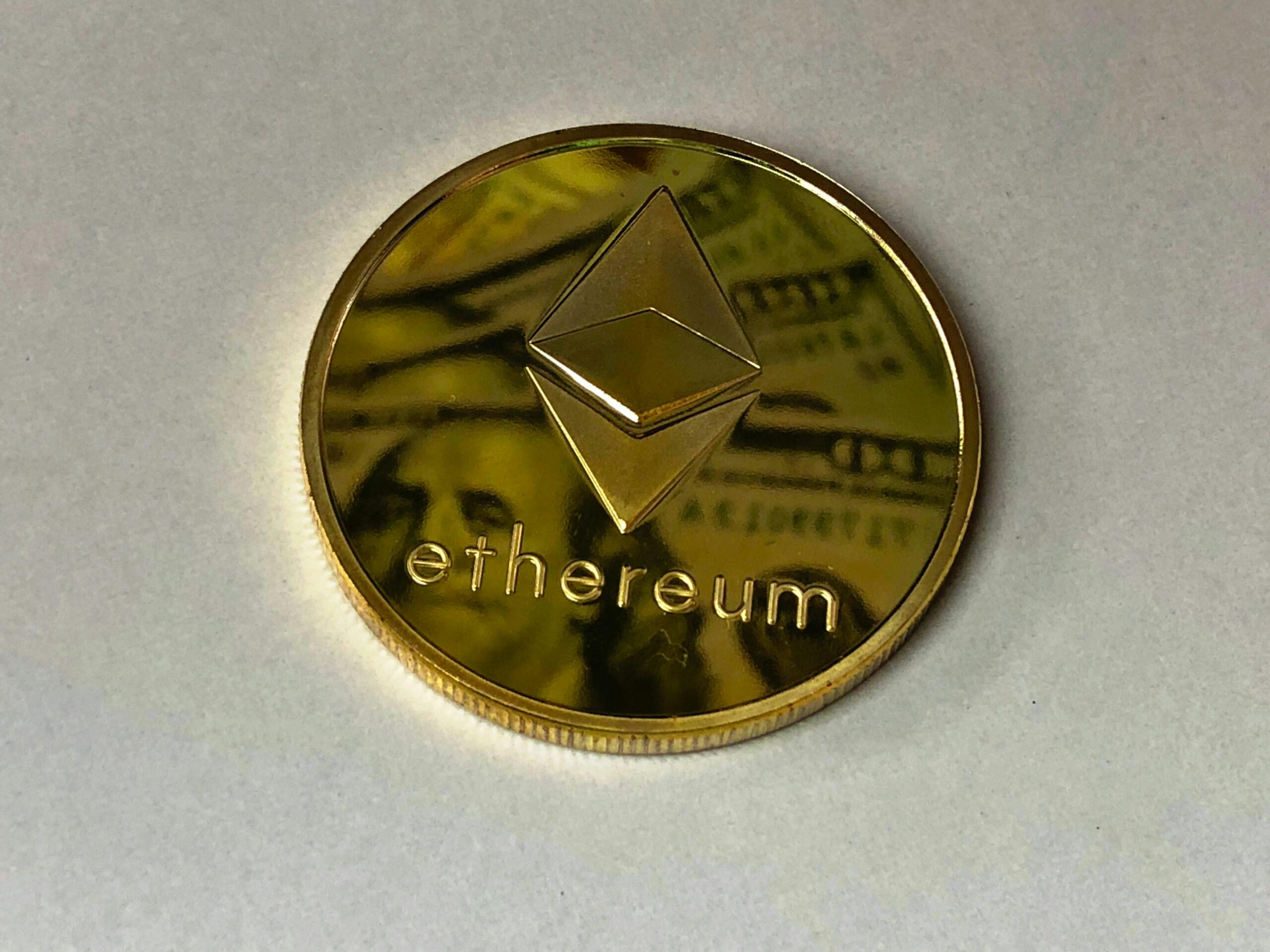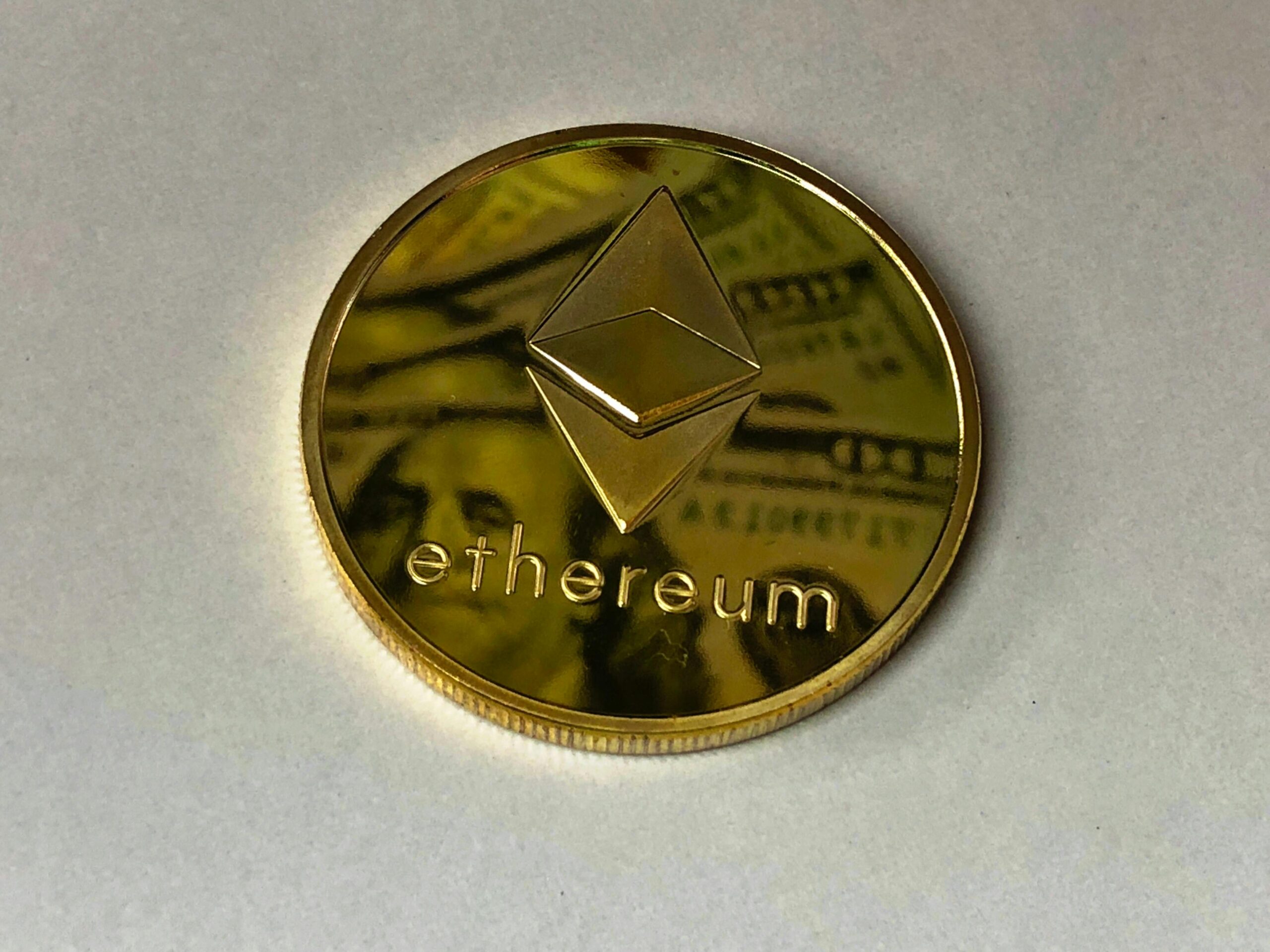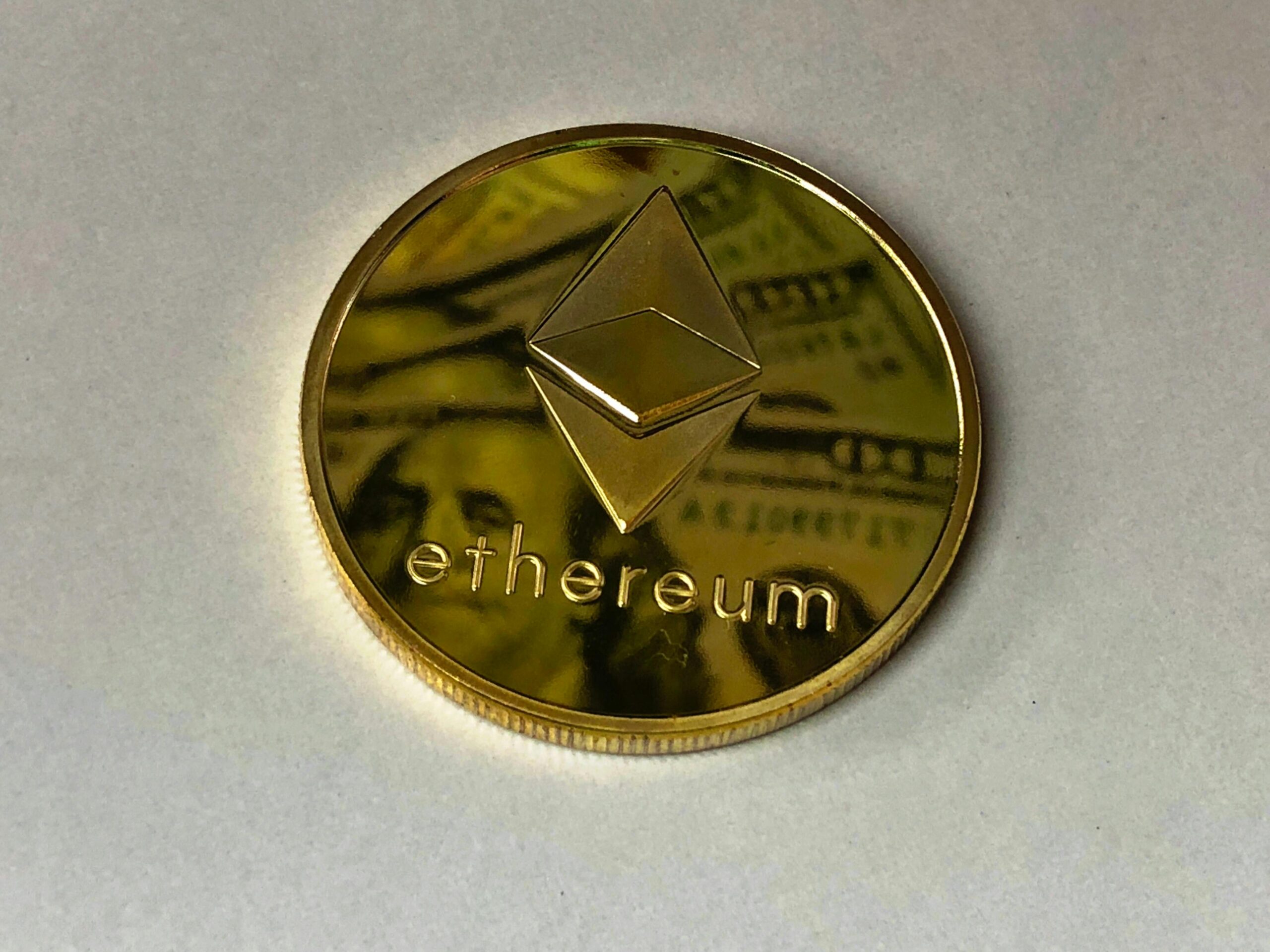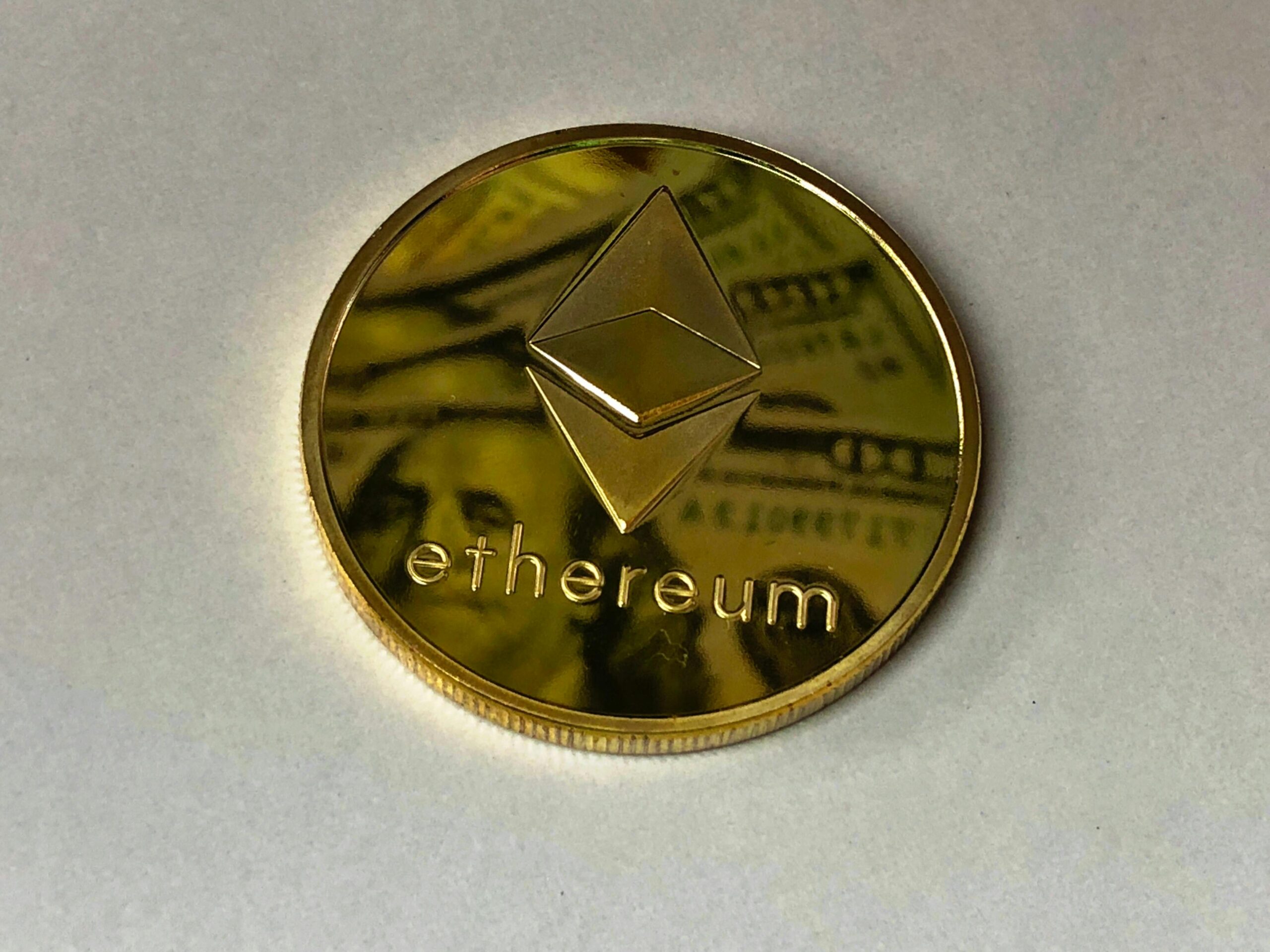
The world of blockchain and cryptocurrencies is vast and exciting, my friends! As we dive deeper into this realm, it’s essential to explore the diverse landscapes beyond the two giants, Bitcoin and Ethereum. Today, I want to share with you some of the most popular blockchains that have garnered significant attention and adoption.
First off, let’s talk about Binance Smart Chain (BSC). Now, you might be thinking, “Isn’t Binance just a cryptocurrency exchange?” And you’re right! But, the team behind Binance has been working tirelessly to create their own blockchain platform, which has quickly gained popularity. BSC is designed to be fast, low-cost, and highly scalable, making it an attractive choice for developers and users alike. One of the most significant advantages of BSC is its compatibility with Ethereum Virtual Machine (EVM), allowing for seamless integration with existing Ethereum-based projects.
Another notable mention is Polkadot. This project has been generating quite a buzz in the crypto community due to its innovative approach to interoperability between different blockchain networks. Imagine being able to transfer assets seamlessly between various blockchains, without having to worry about compatibility issues or high transaction fees. That’s precisely what Polkadot aims to achieve through its decentralized platform, which enables communication and cooperation between disparate chains.
Cardano (ADA) is another project that has been making waves in the crypto space. Founded by Charles Hoskinson, one of the co-founders of Ethereum, Cardano has a strong focus on security, scalability, and sustainability. Its Ouroboros consensus algorithm, for instance, allows for high-performance transaction processing while maintaining energy efficiency. Moreover, Cardano’s Treasury system ensures that a portion of transaction fees is allocated towards funding future development and community projects.
Solana (SOL) is another rising star in the blockchain world. This fast-growing ecosystem boasts an impressive list of features, including its Proof-of-History (PoH) consensus mechanism, which enables Solana to process transactions at speeds of up to 65,000 per block! That’s significantly faster than many other major blockchains out there. Moreover, Solana’s architecture is designed to be highly scalable and decentralized, allowing for a wide range of applications to be built on top of its network.
Avalanche (AVAX) is another project worth mentioning, particularly due to its unique approach to smart contract execution. By utilizing a decentralized network of validators, Avalanche enables developers to deploy high-performance, custom-built blockchains in mere minutes. This streamlined process has captured the attention of numerous institutions and enterprises seeking to leverage blockchain technology for their operations.
Lastly, I’d like to bring up Cosmos (ATOM). As one of the pioneers in the world of interoperable blockchain networks, Cosmos has established itself as a leading player in this space. By leveraging its Tendermint consensus engine and Inter-Blockchain Communication (IBC) protocol, Cosmos enables diverse chains to interoperate seamlessly, fostering an environment of cooperation and innovation.
In conclusion, my friends, these are just a few examples of the many exciting blockchain platforms beyond Bitcoin and Ethereum. Each one has its unique strengths and value propositions, ranging from scalability and interoperability to security and sustainability. As we continue on this journey into the world of cryptocurrencies and blockchain technology, I encourage you all to explore, learn, and participate in these diverse ecosystems.
Stay curious, stay engaged, and remember – the best way to predict the future is to invent it!













